Professors Daniel Clos and Josep Maria Font, from the BIOMEC research lab, have published the paper Impact of friction and gait parameters on the optimization of series elastic actuators for gait assistance in the journal Mechanism and Machine Theory. This research has been carried out in collaboration with the Institute for Mechatronic Systems in Mechanical Engineering of TU Darmstadt (Germany), within the frame of the HYBOR project.
Highlights
- Parametric study of the performance of a (clutchable) series elastic actuator.
- Gait parameters and friction strongly impact actuator constraints and consumed energy.
- Friction has less influence on actuator constraints for the clutchable actuator.
- Models show good accordance with experimentally measured energy consumption.
- Gait parameters and friction modelling are shown to be critical for actuator design.
Abstract
Elastic actuators feature increased energy efficiency and improved human-robot interaction compared to directly driven concepts for active orthoses and prostheses. Structure and parameters of the elastic actuation system are often designed via a model-based minimization of energy consumption based on gait data gained from healthy individuals. However, natural motion exhibits variability among individuals and may not consider requirements of persons using assistive devices. A parametric study is performed examining the impact of varying gait characteristics on the energy consumption and constraints of an optimized (clutchable) series elastic actuator of the knee joint. Furthermore, friction parameters are varied to analyze the impact on actuator constraints. Results of the parametric study indicate increased energy consumption for a slower cadence compared to the healthy gait data for both systems. The clutchable series elastic actuator is less impacted by constraints than the series elastic actuator. The utilized models are evaluated experimentally at a test bench, indicating good accordance to the measured energy consumption. The results highlight the interrelation of friction and gait parameters with energy consumption and actuator constraints and indicate that the optimization procedure for the actuator design requires detailed models of component efficiency as well as subject-specific gait characteristics.
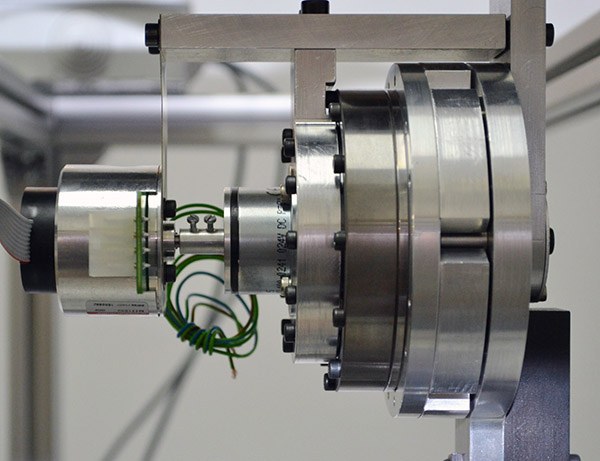

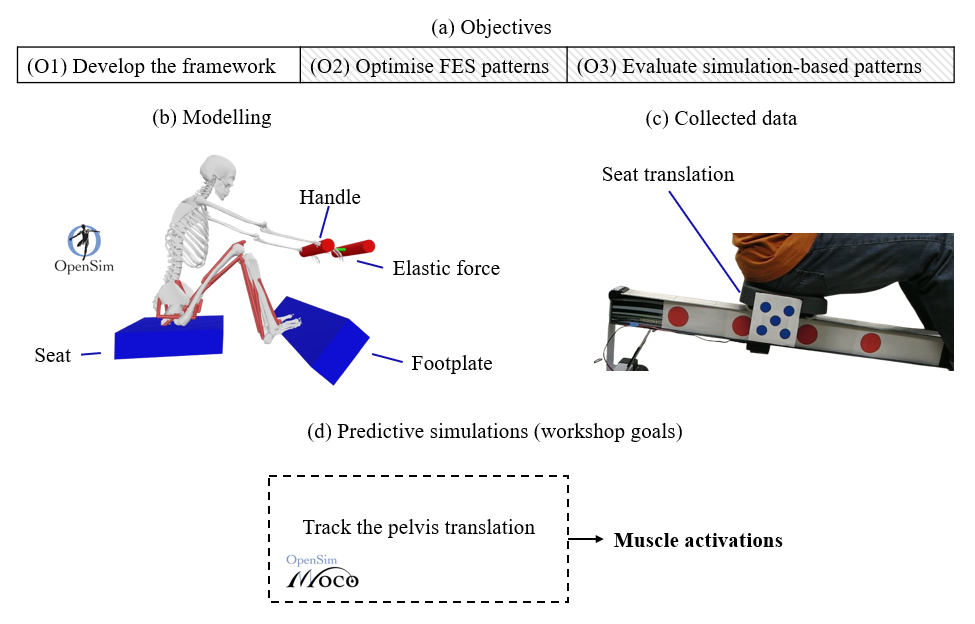
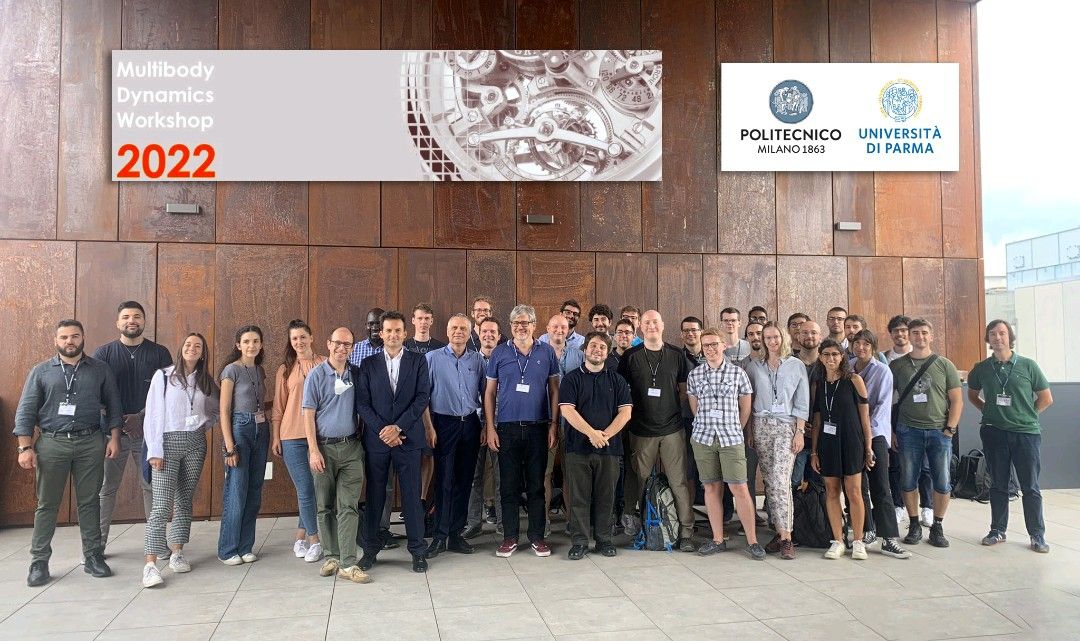
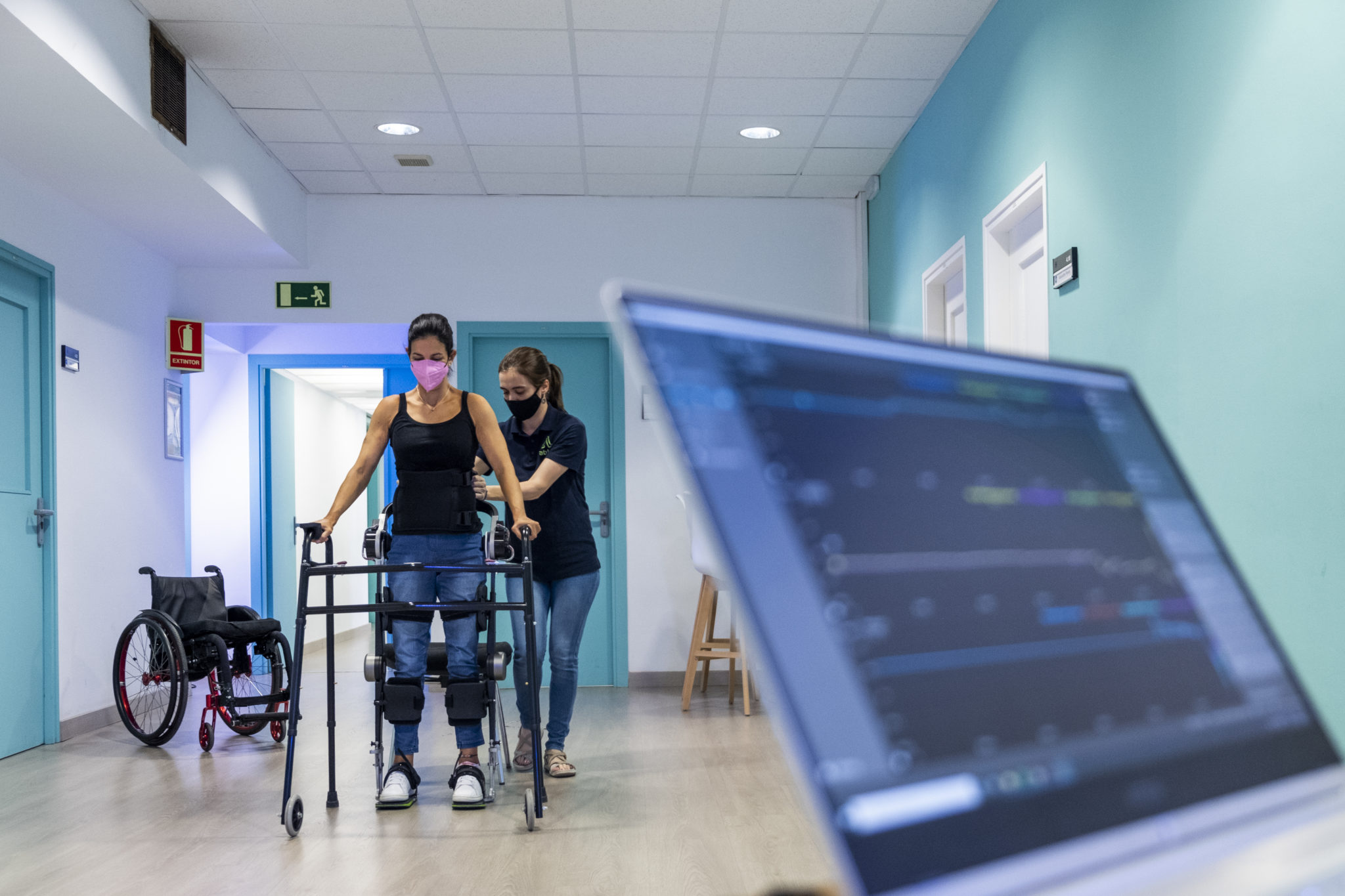

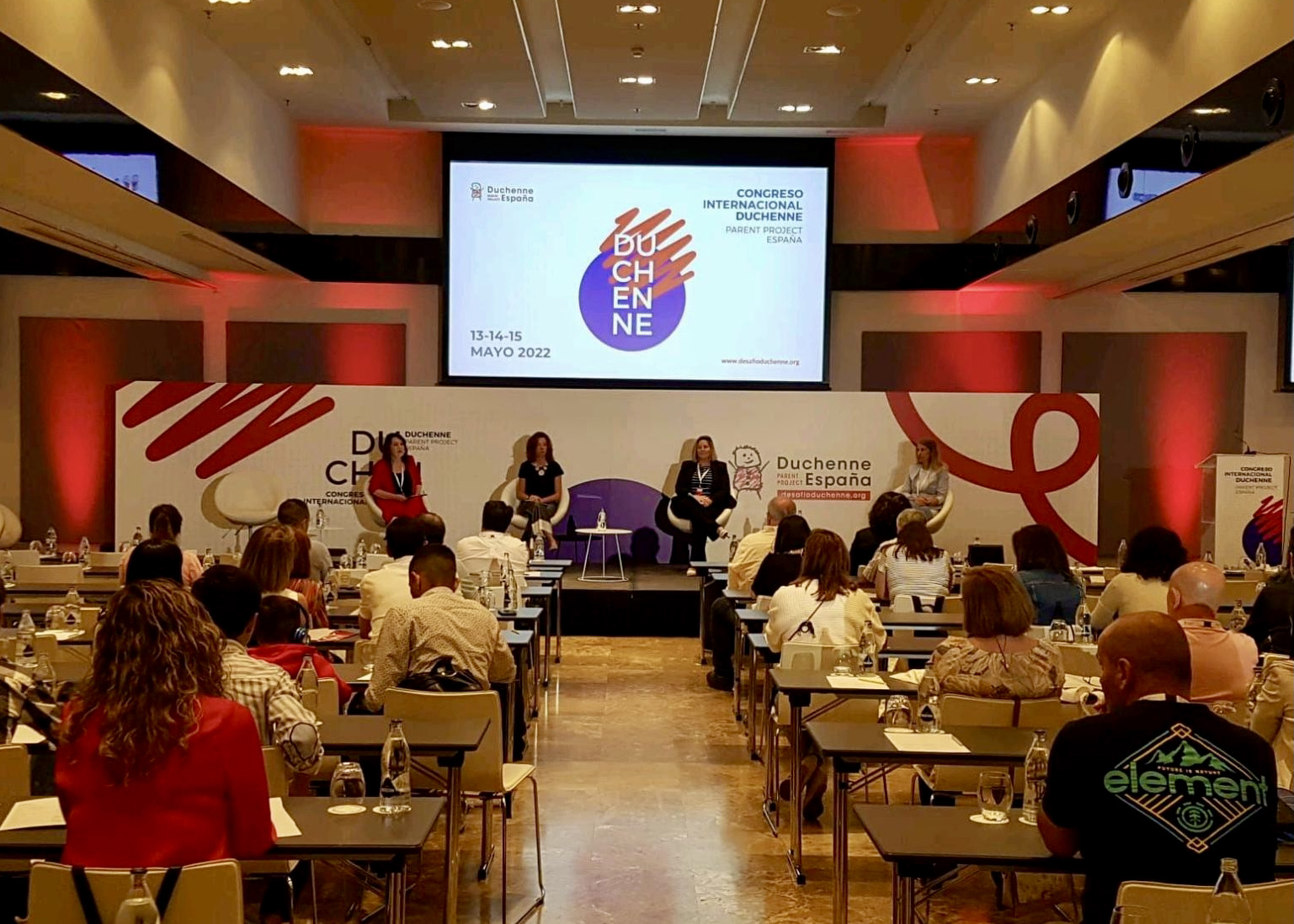
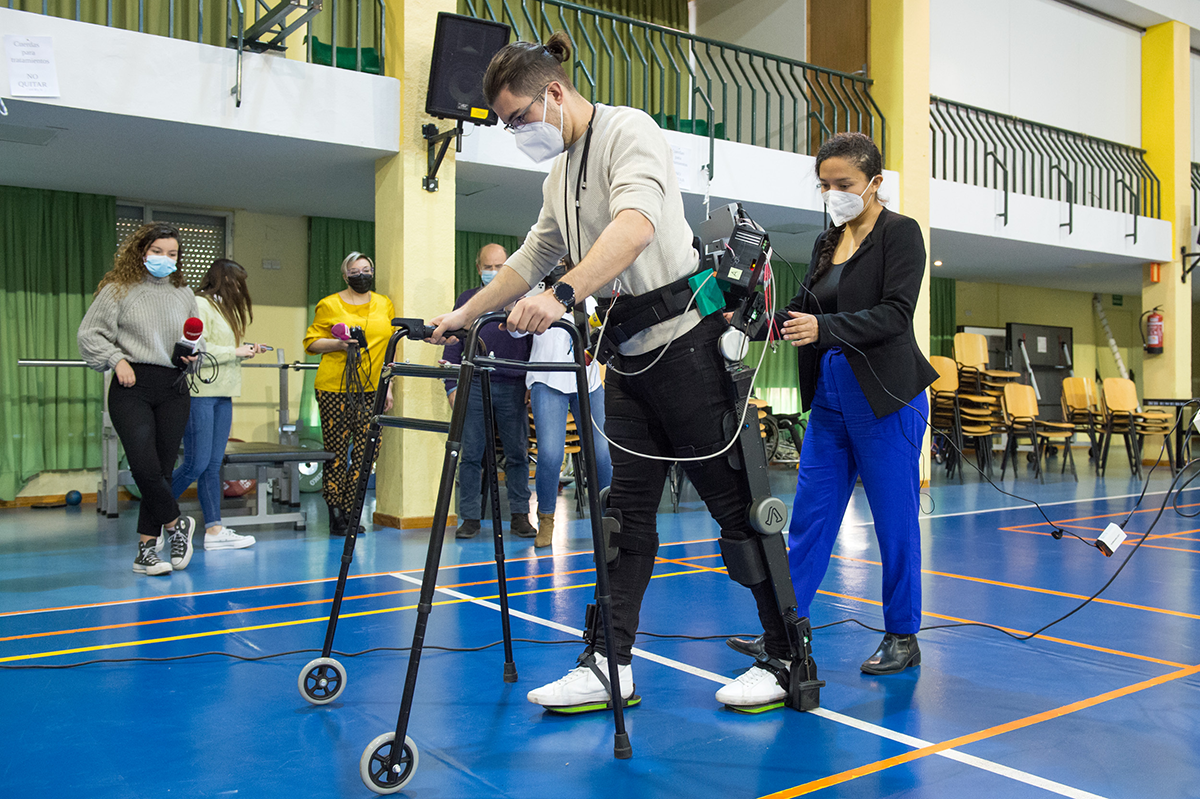
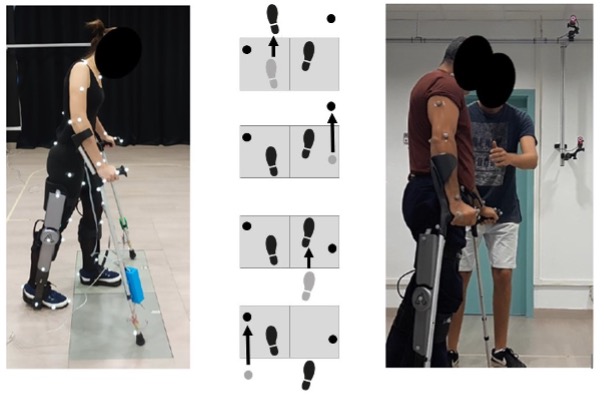

Leave A Comment